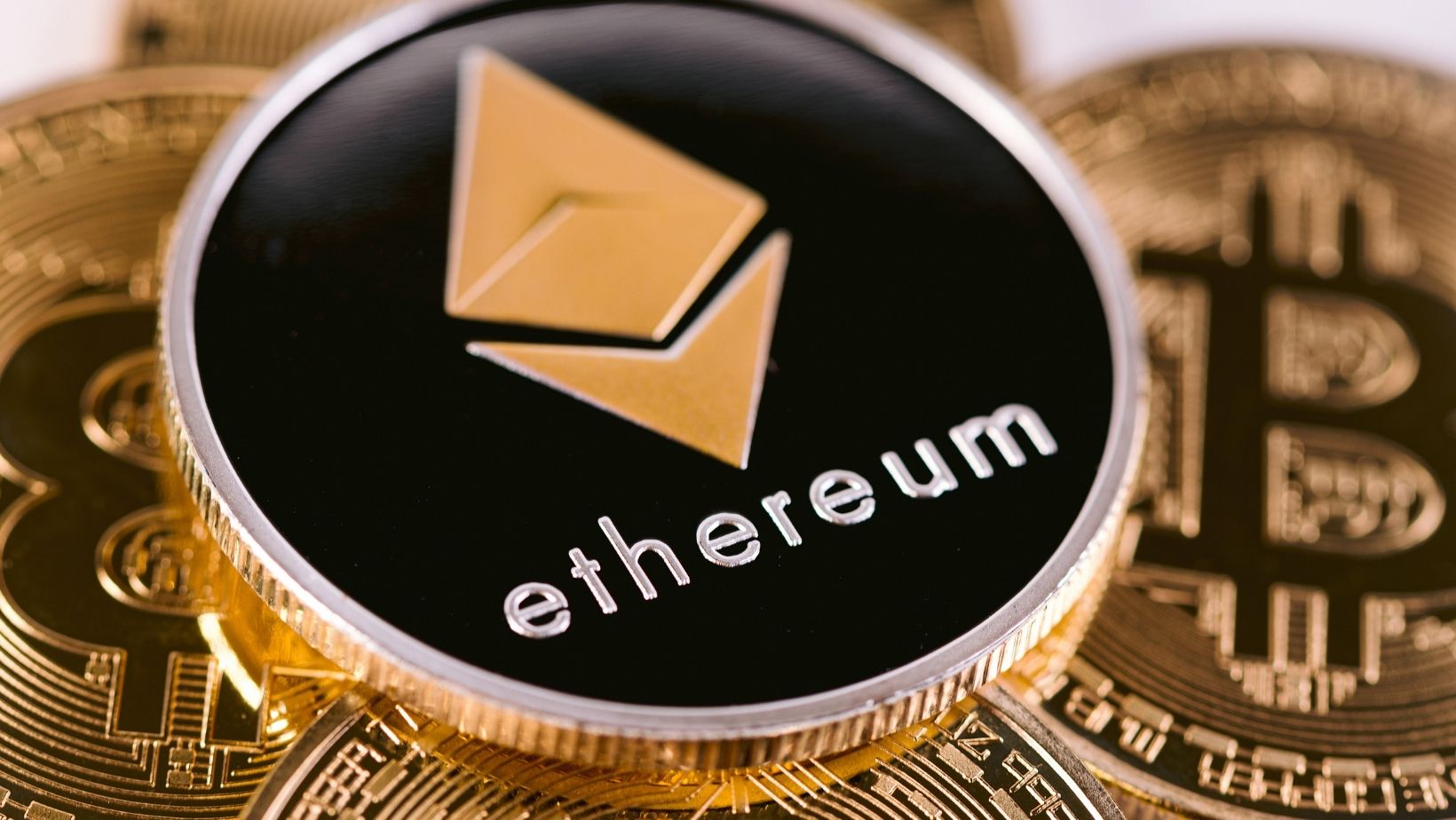Ethereum is the second-largest cryptocurrency in the world, second only to Bitcoin in terms of market capitalization, a fact that has made it a favorite among investors from all over the world. Over the last months, the marketplace hasn’t been doing very well, as the price has remained relatively stagnant. However, many believe that this is nothing more than a temporary situation. The most popular ETH price prediction dictates that the price point will start moving upward relatively soon. This means that investors will have to adjust their strategies in order to remain profitable and ensure their losses are kept at a minimum.
Furthermore, developments in the ecosystem can change Ethereum’s patterns and movements in the next few months. All traders know that the Ethereum ecosystem is constantly evolving and upgrading its functionality, making it a pioneer in the fields of decentralized finance and applications. Keeping up with these developments is the best way to ensure that you’re never caught unprepared by changes in the market.
Fusaka Hard Fork
A hard fork is a unique blockchain feature that signals a change in programming that is incompatible with the old programs. It essentially leads to the creation of a new blockchain and can sometimes be used to create new cryptocurrencies as well. The Ethereum environment has been constantly innovating ever since its launch, so it is no surprise that it is planning the release of more hard forks. ETH is continuously looking for ways to improve and expand, and hard forks are the best way to achieve this. Hard forks typically require all nodes and users who want to remain on the chain to upgrade to the latest software version.

Hard forks are initiated by developers as part of the routine maintenance needed for blockchains, as well as in order to bring progress and take the system to the next level. Some factions of the crypto community might want to implement them in order to take the blockchain in an entirely new direction as well. The Fusaka fork is just the latest of its type in this sense. It is expected to drop around the fourth quarter of 2025, and core developers have already ruled out the inclusion of the EVM Object Format upgrade.
The Characteristics
Any update taking place in the Ethereum world is noteworthy for the investors involved in the sector, and this one is no exception. The implementation of the EVM object format expected to be a part of the Ethereum Virtual Machine was set to be part of the Fusaka fork, but this ended up not happening after all. According to core developer Tim Beiko, the EOF was removed on April 28th as a result of the technical uncertainty surrounding the move, something that would have potentially delayed the rollout of the Fusaka fork as well.
EVM is a software that powers ETH’s smart contracts. The integration of the EOF was controversial from the very beginning, as it would have included a series of protocol changes known as EIPs or Ethereum Improvement Proposals, whose implications for the operations would have been serious. EOF would have introduced extensible and versioned container formats for the bytecode that can only be verified at deployment, separating the code and data for the purpose of efficiency. The concept of bytecode is an essential part of the hard fork. It is a low-level and compact set of instructions. All solidity smart contracts have to be compiled in bytecode before the EVM has the potential to execute them.
The announcement of a new fork has sparked considerable interest among traders, as historical data indicates that previous launches have always led to considerable price volatility. For those who aren’t used to the marketplace and all that it entails, this may not sound great, but those who have already become accustomed to the ways in which things work know that these scenarios are a goldmine for potential profitability. You need a strong and flexible strategy as well as plenty of attention, but it can definitely be done.
Price Changes
The revelation that a new hard fork is on the way has led to an immediate price reaction. In the hour following the announcement, the price jumped almost 2%, with trading volumes surging 27% in the same timeframe. Binance, the largest crypto exchange in the world, reported that 1.2 million ETH coins were traded between 10 AM and 12 PM on April 28, significantly more than the 940,000 ETH traded during the previous twenty-four hours. Major, well-known trading pairs like ETH/BTC and ETH/USDT reflected the heightened activity as well, with the volume of the latter increasing by more than 30% in the span of only a couple of hours, reaching 850K.

The number of active addresses on Ethereum rose by 15% within a single day from the news to achieve the 620,000 milestone. This shows that the network itself is getting more engagement, meaning that the marketplace itself is revitalized. On top of all that, the number of whale transactions above $100K spiked by 22%. This indicates that institutional investors are positioning themselves ahead of the arrival of Fusaka, too.
The Impact
There’s no way you can talk about the development and introduction of this hard fork without discussing what it is supposed to achieve and how it is meant to change the ecosystem. In simple terms, Fusaka will improve scalability and efficiency, two of the features that investors care most about. In the future, the hard fork could also be used to tie into AI-driven blockchain solutions for ETH. This is especially likely when considering that the ETH landscape has been regarded as the preferred platform for artificial intelligence token projects.
The timing of the Fusaka announcement is also in line with the growing interest in AI crypto integration. The likelihood of amplifying interest in existing tokens relying on ETH’s infrastructure is quite high.
If you’re an investor and want to make sure that you’ll always be profitable and keep your losses at a minimum, the only way to do so is to look into the latest market developments and change your game plan in a way that allows you to make the most of them.



